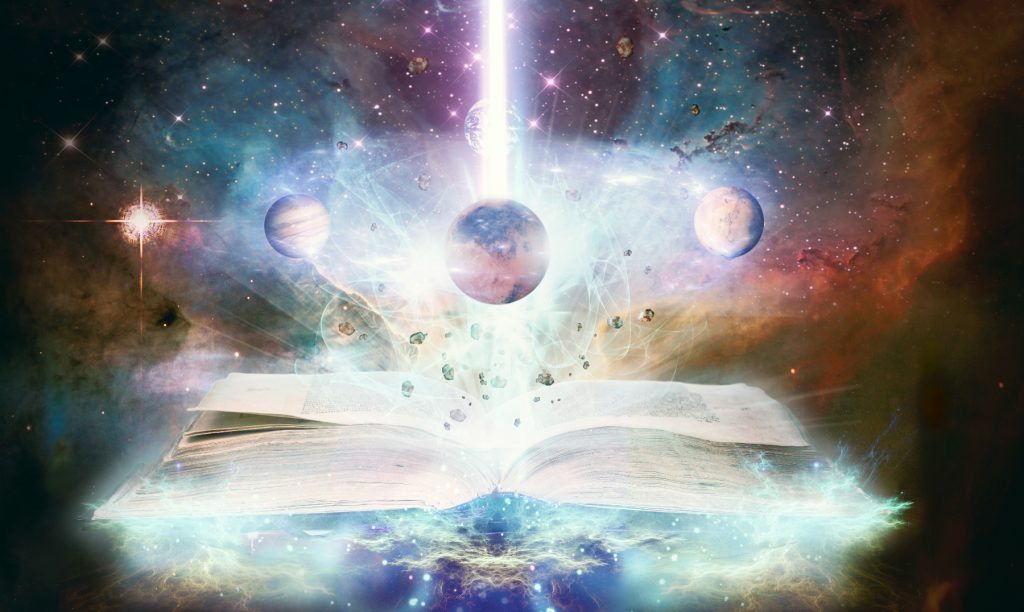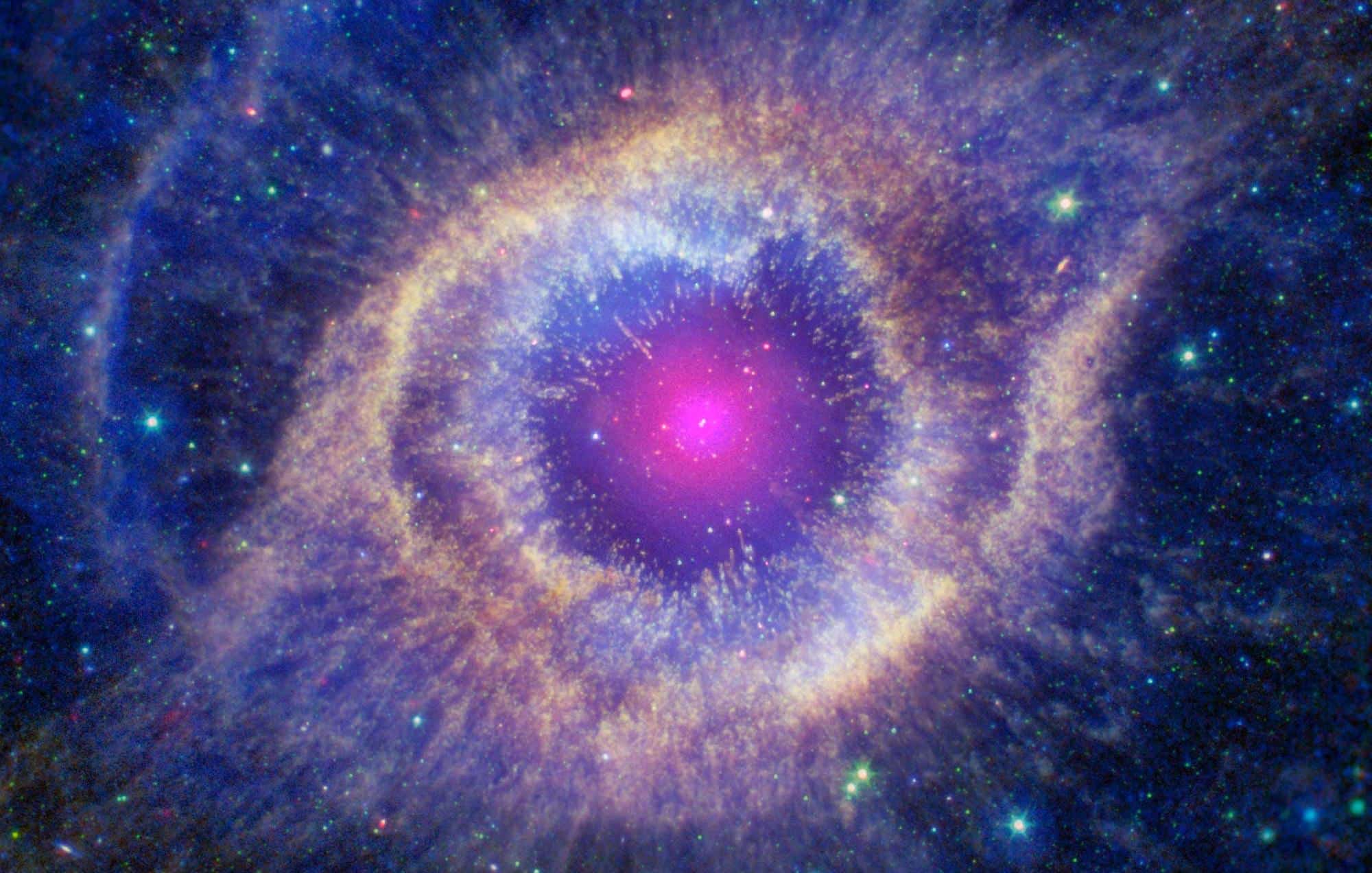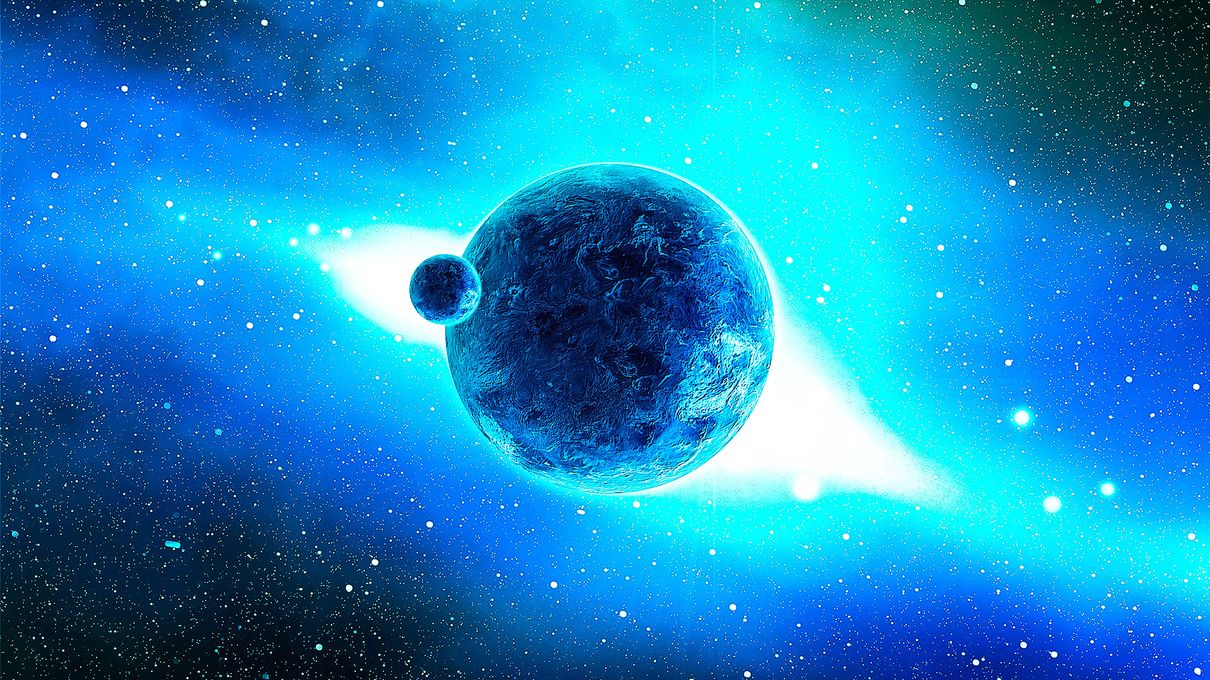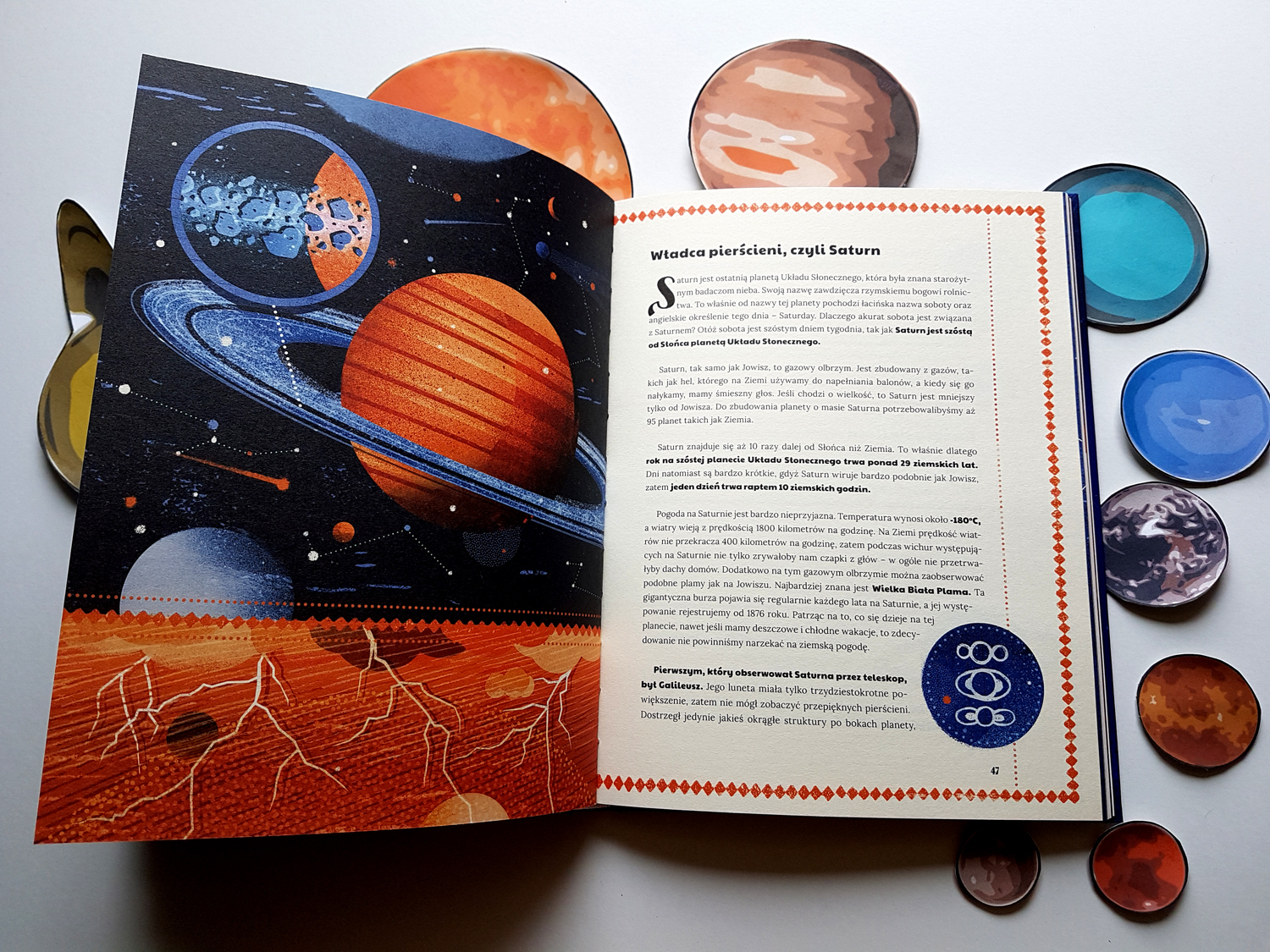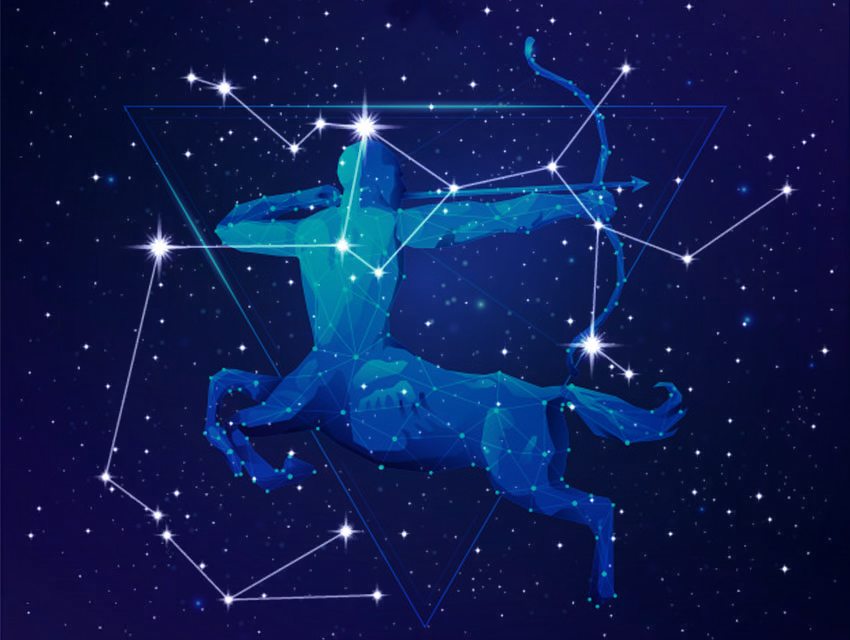Myths behind the constellations – See what the most surprising stories are!
In our content today we will introduce our readers to the main myths behind the constellations. Learn why certain mystical beings are named in the stars and constellations. Check it all out exclusively!
First, know that all the constellations are linked, in a way, by myths that have helped different cultures to maintain the oral tradition of knowledge of the sky from one generation to the next.
For example, the constellations named Cepheus, Cassiopeia, Andromeda, Perseus and Pegasus are linked by the same myth, but also because they are found together and related in the sky. Were myths used to designate asterisms, or did the need to know the stars inspire new myths? The study of catheterizations aims at this task.
The current constellations derive from Johann Bayer’s Uranometry published in 1603, which in turn was inspired by 11th century manuscripts, which were nothing more than transcriptions of classical works such as Ptolemy’s Syntax, which in turn owed much of his work to Hipparchus.
The mythical thread in the sky has a romantic (or perverted, depending on who appreciates it) beginning: Zeus’ love affair with any being who wanted to put himself within his reach. And they all seem to come from Minoan Crete 5,000 years ago and its mythology.
Possibly the maritime, agricultural and, of course, religious needs of Crete, made the sky a mutable monument, but at the same time eternal, in whose celestial sphere was written the most passionate book ever published that has survived to this day.
It is an imaginary elaborated in the northern hemisphere, so all the constellations of mythical reminiscences refer to that hemisphere.
Historians Giorgio de Santillana and Hertha von Dechend proposed in their controversial book Hamlet’s Mill (1969) that mythological narratives are actually symbolic descriptions of the earth’s precession reflected in the stars, knowledge that megalith builders and peoples without written culture possessed from the Neolithic against the most academic opinion that initiates astronomy since Ancient Greece.
Myths behind the constellations – Ursa Major and Ursa Minor
An example of Zeus’ main role in this mythical transfer of the Myths behind the constellations to the heavens can be seen in the polar region where Big Bear and Teddy Bear meet.
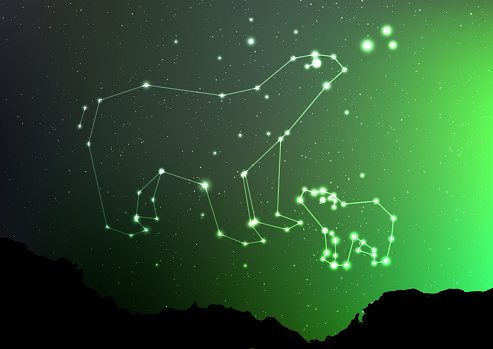
These two constellations recall Zeus’ love for the Nymph Callisto, maiden of Artemis (Diana). Hera (Juno), in an irritable mood, and at the time jealous wife of Zeus, transforms Callisto into Ursa (Ursa Major). Callisto’s son, whose name was Arcade (Ursa Minor), becomes a hunter and before hunting his mother with an arrow, Zeus also transforms him into a bear and places them both in the sky. Hence the names of these two constellations!
The Myth of Andromeda and Perseus
Another stellar and mythical family corresponds to Cassiopeia, wife of Cepheus and mother of Andromeda, who defies the gods by claiming that her daughter is more beautiful than the Nereids, a comparison that ends up offending the God Poseidon (Neptune).
To calm Poseidon’s anger, Cepheus offers his daughter Andromeda as a sacrifice, chaining her up. In another part of the sky not far away, the second part of the story of the myth takes place.
Danae, who had affairs with Zeus with disastrous results, is Perseus’ father. As an adult, Perseus, helped by some magical devices provided by Hermes (Mercury) and Athena (Minerva), cuts off the head of the gorgon Medusa, from whose blood the winged horse Pegasus is born.
On his return over Pegasus, he sees Andromeda in chains, rescues her by killing Poseidon’s sea monster (Cetus) with Medusa’s gaze. All characters find their heavenly position to the honor of some and the derision of others.
Myths behind the constellations – Hercules Catheterisms
The family of constellations referring to the myth of Hercules, son of Zeus and Alcmene, and his works include some of the most important constellations.
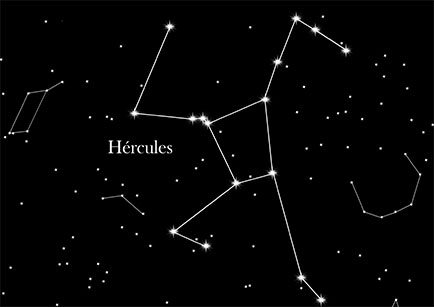
For example, the serpent (Serpens) that Hera sends and which the child strangles with her hands soon after birth, although the habit of strangling extends to his wife and children in the future. This condition of filicide and uxoricide condemns him to 12 impossible jobs.
He strangles the Lion of Nemea (Lion), kills the Hydra (Hydra) of Lerna, captures the Bull of Crete (Taurus) and defeats the dragon (Draco) that guards the golden apples of the garden of the Hesperides. He is even the annihilator of the eagle (Aquila) that devoured the liver of Prometheus.
Other loves of Zeus in the sky
The god Zeus also becomes a swan (Cygnus) to love the character Leda, from whom the twins (Gemini) are born: Castor and Pollux, the brightest stars of that constellation, who will participate with Jason as Argonauts in the search for the Golden Fleece.
(Aries) from Chiron the centaur (Centaur). Another of the Argonauts, Orpheus, makes the long hours of sailing bearable thanks to his lyre (Lyra).
Those related to the myth of the hunter Orion are the dogs, Canis Major (Canis Major) and Canis Minor (Canis Minor), which in heaven are always faithful to their owner.
Myths behind the constellations – Orion and Scorpio
Orion is responsible for defying the Goddess Artemis, who causes him to be stung by a scorpion and places him in the sky far from each other, so that when Orion appears in the sky, Scorpio disappears and vice versa.
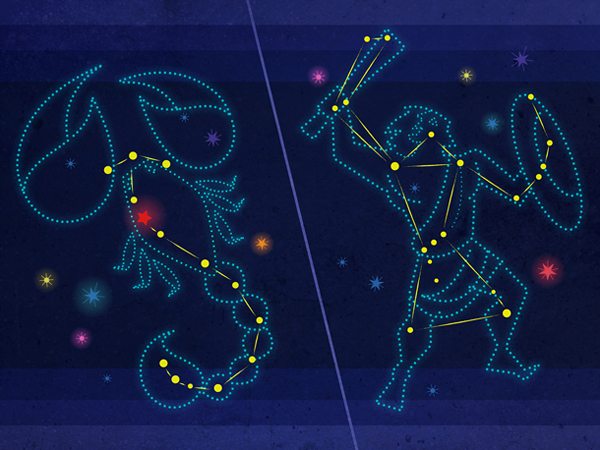
Myths have thus become humanity’s most practical mnemonic rule for the arduous task of predicting the weather, navigating in the dark, following the route of the deserts, or simply enjoying the night show to get lost in the imagination of populating the celestial sphere. with beings of fantastic cut.
Throughout our content today, we’ve introduced you to the main myths behind the existing constellations and you’ve also gotten to know the mythological story behind each of them. Comment below which of these myths seemed most interesting to you!
Do you know other stories about the creation of existing constellations in our sky? Share your knowledge with us!


